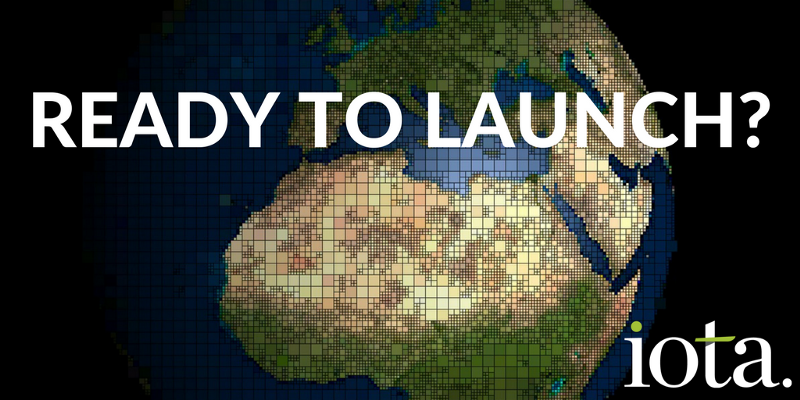Language, lexicon, localization — and why it matters…
Multiple articles have been written about the differences between translation and localization— and let’s be honest, very few people really give a damn what they are.
But if you’re leading a technology business and planning to launch products internationally, you really need to understand the difference as it applies to you. Getting it wrong can cost a lot of time and money — as well as slowing your growth at a critical time.
Rather than re-hash the localization versus translation debate in general terms, let’s look at it from a different perspective, that is — why it matters.
Many people think of localization as just another word for translation.
I see this as a blessing and a curse. On the plus side, translation is pretty well understood as a concept, even by those who’ve never needed to give it a lot of thought.
On the flip-side, when the word localization is used interchangeably with translation it can cause huge misunderstandings. Really serious misunderstandings in some cases, that lead to failed projects, missed targets, and long-term damage to your business.
Why? Because localization goes a lot deeper than translation, and has a fundamentally different objective sitting behind it.
Translation is the process of converting plain text that is written in one language into another. It’s in no way simple, and when carried out by a professional the aim will be for the translated text to reflect the meaning of the original.
That’s great, but it’s limited. It’s perfect for translating a leaflet for foreign visitors to read, it’s good for an annual report, and it’s just about OK for a basic page of web copy.
However, translation alone isn’t going to enable a technology entrepreneur, founder, or executive to launch a sophisticated software product internationally and achieve the traction needed to succeed.
And that’s why localization exists. Localization incorporates text translation, but also takes into account a raft of other crucial adaptations aligned to the target market. These relate broadly to culture, geography, design, and engineering.
Think about your proposition. It’s probably software-based, and will almost certainly come with its own complex terminology and infrastructure — all wrapped up in your own brand voice and culture.
Now break down your ‘average’ product launch and you have three main considerations:
1. Product.
You’ve probably burned through many thousands refining your software, user interface, reporting tools, graphics and every other aspect of the core product. Now consider how that beautiful and functional UI is going to handle languages that flow right to left, how your dialogue boxes will deal with the inevitable expansion of certain languages, and how your graphics and icons will resonate with users from different cultures.
That’s not translation. That’s localization.
Translation just deals with text. And that text isn’t going to look pretty in the wrong environment. More importantly, users aren’t going to maintain their SaaS subscriptions, use your app, or implement your network monitoring software if the overall experience is terrible.
That’s why localization is crucial.
2. Documentation and Support Materials.
You probably have a library of technical documents to support your product, alongside help files and knowledge articles. They need to reflect the localized user interface too, along with amended screenshots, graphics, and culturally-sensitive language. And what about video content and animated explainer videos?
Guess what. Simple translation isn’t going to cut it. That’s why localization is crucial.
3. Sales and Marketing.
Whether your future launch is led by a specific client win, or a strategic rollout, there will undoubtedly be sales and marketing material to adapt for any new international market.
For fear of repetition — a simple text translation of marketing materials and web assets won’t be enough, and can be downright dangerous in the wrong hands. There’s a very good reason why Uber go as far as adapting their logo for different markets around the world, and other globally renowned companies pay careful attention to product names, graphics, descriptions, branding and tone to retain their house style.
Marketing messages carry a degree of subtlety and nuance that many basic translation providers struggle to manage. Specialist translators will use creative copywriting and marketing skills, alongside native language proficiency to replicate brand messaging in a culturally appropriate way. This is known as transcreation and is usually carried out alongside multilingual desktop publishing to recreate source materials that will be as effective in the targeted country as they are at home.
You know what I’m going to say, don’t you? That’s not translation. That’s localization.
All this can sound a little overwhelming and complicated. It’s doesn’t need to be, and it’s not an all-or-nothing situation — an ethical localization partner will work with you to decide which elements need to be localized in order of priority and the budget available.
If you’d like to explore the localization options that are most likely to help you succeed, reach out and we’ll be happy to answer any questions you have.



